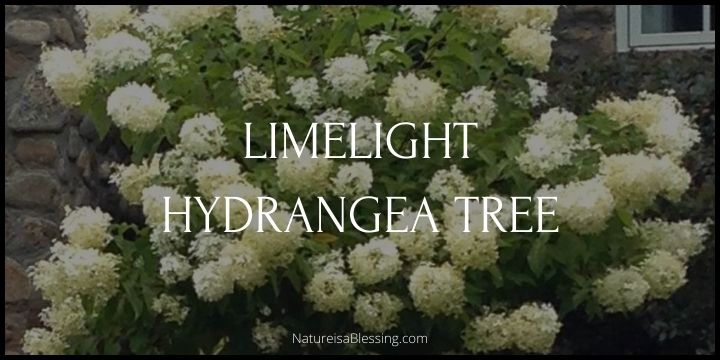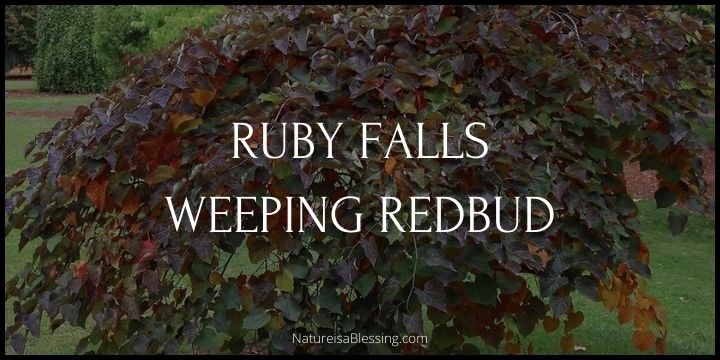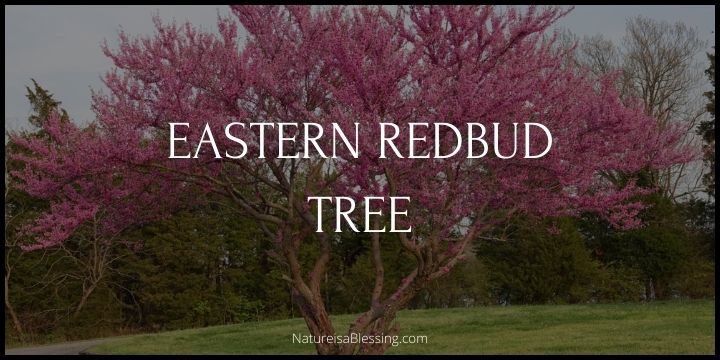Blue Atlas Cedar: How to Grow, Plant, and Care
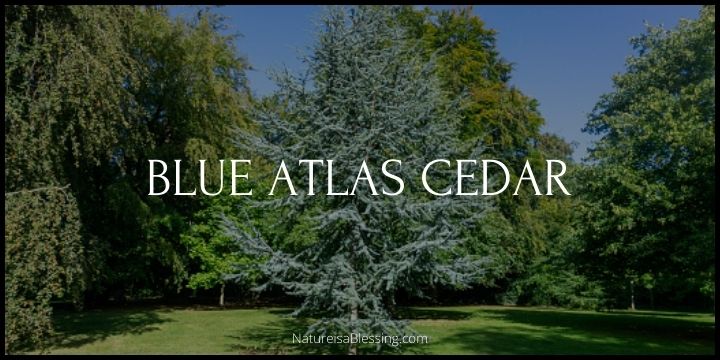
What is Blue Atlas Cedar?
The Blue Atlas Cedar, known scientifically as Cedrus atlantica ‘Glauca’, is a tree that carries an aura of majesty and grandeur. Its origins trace back to the rugged terrains of the Atlas Mountains in Morocco and Algeria, often braving the elements with grace and resilience.
This evergreen tree is renowned for its captivating silvery-blue needles, which shimmer under the sunlight, creating a spectacular visual spectacle.
Not only does it stand tall, reaching soaring heights of 40 to 60 feet, but it also spreads its branches wide, spanning 30 to 40 feet, a testament to its robust growth.
The Blue Atlas Cedar doubles as a sentinel and a showstopper in landscaping, its unique color and imposing stature adding both character and charm to any garden.
As if its beauty wasn’t enough, this tree is a warrior, resistant to most pests and diseases.
It thrives under full sun and well-drained soil, and once it’s rooted, it shows remarkable drought tolerance.
The Blue Atlas Cedar isn’t just a tree; it’s a living sculpture, a study of resilience, and a testament to nature’s artistry.
Fast Facts About Blue Atlas Cedar
| Attribute | Details |
|---|---|
| Common Name | Blue Atlas Cedar |
| Botanical Name | Cedrus atlantica ‘Glauca’ |
| Family | Pinaceae |
| Plant Type | Evergreen Coniferous Tree |
| Genus | Cedrus |
| Mature Height | 40-60 feet |
| Mature Width | 30-40 feet |
| Sun Exposure | Full Sun |
| Soil Type | Clay, Loam, Sand |
| Soil pH | Acidic, Alkaline, Neutral |
| Soil Drainage | Well-drained |
| Bloom Time | Non-flowering |
| Attracts | Birds |
| Maintenance | Moderate |
| Water Needs | Medium |
| Native Area | Northern Africa, Algeria, Morocco |
| Drought Tolerance | Moderate |
| Characteristics | The tree is known for its dramatic silvery blue needles. It has a pyramidal shape when young that becomes more flat-topped with long horizontal branches as it matures. |
| Suggested Use | Specimen, Shade Tree, Bonsai |
| USDA Hardiness Zone | 6-9 |
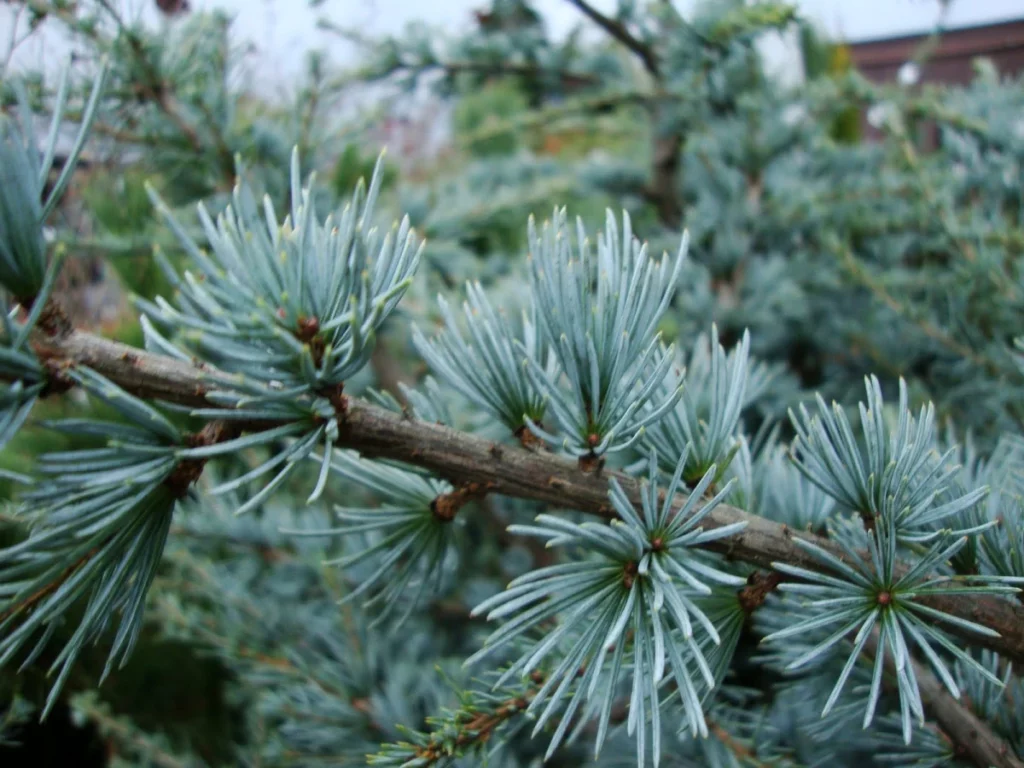
Key Features Of Blue Atlas Cedar
- Evergreen Coniferous Tree: The Blue Atlas Cedar is an evergreen tree, meaning it retains its foliage throughout the year.
- Distinctive Blue Needles: The tree’s most striking feature is its silvery-blue needles that give it a distinctive appearance in any landscape.
- Large Size: A mature Blue Atlas Cedar can reach heights between 40 to 60 feet and a spread of 30 to 40 feet.
- Sun-Loving: This tree prefers full sun exposure and is tolerant of a variety of soil conditions.
- Attract Wildlife: The Cedar attracts birds, providing both food and shelter.
- Moderate Drought Tolerance: While the Blue Atlas Cedar prefers regular watering, it does have a moderate tolerance for drought once established.
- Hardy Plant: It is hardy in USDA zones 6 through 9, making it suitable for a range of climates.
- Architectural Interest: The tree has a pyramidal shape when young that becomes more flat-topped with long horizontal branches as it matures, adding architectural interest to the landscape.
- Versatile Usage: It can be used as a specimen tree, shade tree, or even trained as a bonsai.
How to Plant and Care for Blue Atlas Cedar
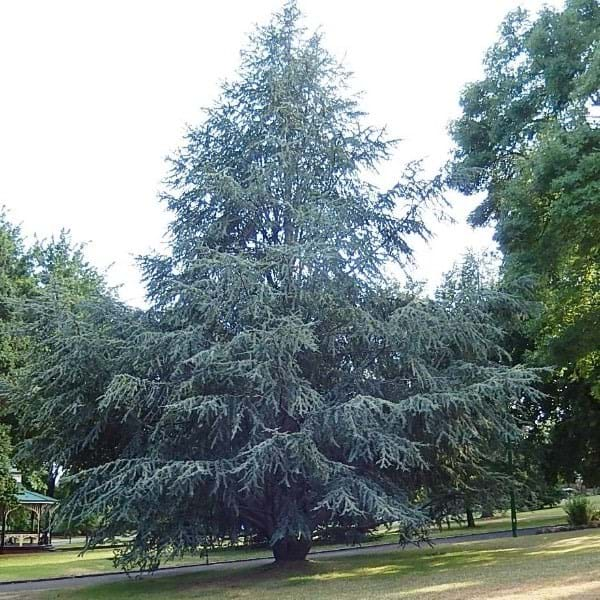
1. Select a Suitable Location
When selecting a suitable location for your Blue Atlas Cedar, consider its need for ample sunlight and space. This majestic tree thrives in locations that receive full sun, which equates to about 6 to 8 hours of sunlight each day.
Sunlight is crucial for the tree’s growth and the development of its distinctive silvery-blue needles. In terms of space, remember that a mature Blue Atlas Cedar can reach heights of 40 to 60 feet and a spread of 30 to 40 feet.
Therefore, the chosen location should offer enough space for the tree to grow and expand without obstruction. Keep the tree at least 15-20 feet away from buildings or other structures to avoid future complications.
2. Prepare the Soil
Preparing the soil for your Blue Atlas Cedar is a crucial step that lays the foundation for its healthy growth.
This tree is quite forgiving and can tolerate a variety of soil conditions, including clay, loam, or sandy soil. However, it prefers well-drained soil to prevent waterlogging and potential root rot.
To prepare the soil, start by clearing the area of weeds or grass that could compete with the young cedar for nutrients.
Next, dig a hole twice as wide and equal in depth to the root ball of your tree. Improve the soil structure and nutrient content by mixing in some organic matter or compost with the native soil you’ve removed from the hole.
This enhances the soil’s fertility and drainage, providing a nourishing environment for the roots of your Blue Atlas Cedar to grow and establish themselves.
3. Dig the Hole
The process of digging the hole for your Blue Atlas Cedar is a vital step that ensures the tree’s roots have enough room to spread and establish themselves.
Start by marking out a spot that’s twice as wide as the root ball of the cedar. This gives the roots ample room to spread out and anchor the tree firmly.
The depth of the hole should be the same as the height of the root ball, ensuring the tree isn’t planted too deep, which could lead to root diseases.
As you dig, keep the removed soil nearby, as you’ll need it for backfilling after the tree is in place.
Remember, the way you dig your hole can significantly influence the growth and stability of your Blue Atlas Cedar, so take your time to do it right.
4. Planting Depth
The ideal depth is the same as the height of the root ball. When placing the tree in the hole, ensure that the top of the root ball is level with or slightly above the surrounding ground.
This practice prevents the tree from settling too deep over time, which could lead to root suffocation or diseases. If the tree is planted too shallow, the roots may dry out quickly, leading to stress on the tree.
5. Backfill the Hole
Once you’ve placed the tree at the correct depth, begin to backfill the hole with the soil you previously removed. As you do this, it’s crucial to break up any large clumps of soil to ensure good contact between the roots and the soil.
Add the soil gradually, firming it down gently with your hands or foot to remove any air pockets, but be careful not to compact it too much as this could hinder root growth.
Once the hole is completely filled, create a small mound or basin around the base of the tree. This helps to direct water towards the root zone, ensuring your Blue Atlas Cedar receives adequate moisture.
Proper backfilling provides a solid foundation for your tree, promoting root establishment and healthy growth.
6. Watering
This majestic tree prefers soil that is moist but well-drained. After planting, water the tree thoroughly to settle the soil around the roots and to help it establish.
For the first few weeks, keep the soil consistently moist, but not waterlogged. Once established, reduce watering frequency, but ensure the tree gets a deep soaking, especially during dry spells.
Overwatering can lead to root rot while underwatering can cause the tree to dry out and become stressed.
Always check the soil moisture levels before watering by sticking your finger about 2 inches into the ground near the tree.
If it feels dry, it’s time to water. Remember, providing your Blue Atlas Cedar with the right amount of water is essential for its health and growth.
7. Mulching
Mulching your Blue Atlas Cedar is an excellent way to conserve soil moisture, regulate soil temperature, and suppress weed growth.
Start by choosing an organic mulch like wood chips, shredded bark, or compost. Spread a layer of mulch about 2 to 3 inches thick around the base of the tree, extending it out to the drip line for maximum benefit.
However, be sure to leave a small space around the trunk free of mulch to prevent moisture build-up, which could lead to rot or disease.
The mulch should resemble a donut shape around your tree. Over time, as the mulch decomposes, it will also enrich the soil with nutrients, further enhancing the health and vitality of your Blue Atlas Cedar.
Remember to replenish the mulch as needed, usually once or twice a year, to maintain its effectiveness.
8. Disease and Pest Prevention
- Regular Inspections: Routinely check your tree for signs of disease or pest infestation. Early detection can prevent minor issues from becoming major problems.
- Prevent Fungal Diseases: Maintain good air circulation around the tree and avoid overwatering to prevent diseases like needle blight and root rot.
- Pest Management: Look out for pests such as aphids, scale insects, and spider mites. Use appropriate insecticides or introduce natural predators like ladybugs if necessary.
- Pruning: Remove any diseased or dead branches promptly to prevent the spread of disease.
- Proper Care: Correct watering, mulching, and fertilizing practices can strengthen the tree’s natural defenses against diseases and pests.
- Health is Key: A healthy Blue Atlas Cedar is more likely to resist diseases and pests on its own. Keep in mind that prevention is always better than cure.
What Does a Blue Atlas Cedar Tree Symbolize and Represent?
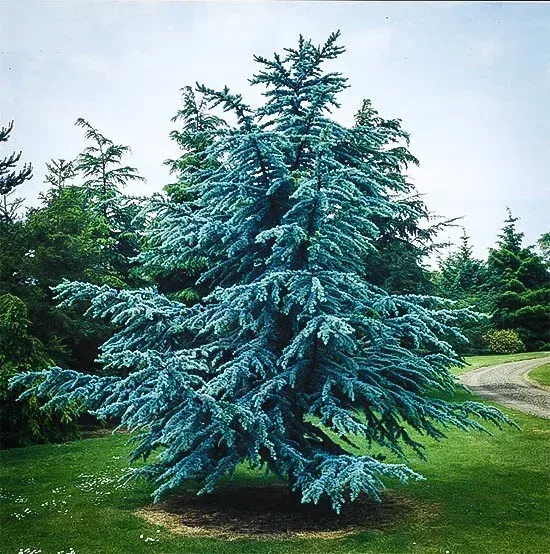
| Symbolism | Description |
|---|---|
| Strength | The Blue Atlas Cedar is a large and imposing tree, which often symbolizes strength and endurance. Its ability to withstand harsh weather conditions further emphasizes this symbolism. |
| Eternity | Cedars are known for their longevity, with some species living for thousands of years. This has made them a symbol of eternal life in various cultures and religions. |
| Protection | Due to its size and evergreen nature, the Blue Atlas Cedar is also seen as a symbol of protection and shelter. In landscaping, it can act as a natural windbreak and provide shade. |
| Spirituality | In many cultures, cedar trees are considered sacred and are often associated with spiritual growth and enlightenment. |
| Beauty | The silvery-blue needles of the Blue Atlas Cedar make it a standout in any landscape. Its unique color and grandeur add a touch of elegance, making it a symbol of beauty and grace. |
| Resilience | The tree’s ability to adapt to different soil types and withstand drought conditions makes it a symbol of resilience and adaptability. |
The 7 Different Types of Atlas Cedar
| Type | Description |
|---|---|
| Cedrus atlantica ‘Glauca’ | This is the classic Blue Atlas Cedar. It is known for its silvery-blue needles and can reach up to 60 feet in height with a spread of 40 feet. It has a pyramidal to spreading growth habit. |
| Cedrus atlantica ‘Glauca Pendula’ (Weeping Blue Atlas Cedar) | This is a weeping variety of the Blue Atlas Cedar. It features the same silvery-blue needles but has a unique, cascading growth habit that can be trained into various forms. It typically reaches a height of 10 to 20 feet, but can spread quite wide. |
| Cedrus atlantica ‘Fastigiata’ (Columnar Blue Atlas Cedar) | This cultivar grows in a narrow, columnar form, making it suitable for smaller spaces. It has the characteristic blue needles and can reach heights of 40 to 60 feet, but only spreads about 10 to 15 feet wide. |
| Cedrus atlantica ‘Aurea’ (Golden Atlas Cedar) | This variety stands out with its golden-yellow needles. It has a pyramidal growth habit and can reach heights of 40 to 60 feet, with a spread of 30 to 40 feet. |
| Cedrus atlantica ‘Horstmann’ | A more compact variety of the Blue Atlas Cedar, ‘Horstmann’ grows to about 20 feet tall and 10 feet wide. It retains the characteristic blue needles and has a pyramidal to round form. |
| Cedrus atlantica ‘Glauca Nana’ (Dwarf Blue Atlas Cedar) | This is a dwarf variety of the Blue Atlas Cedar. It maintains the beautiful blue needles of its larger counterparts but grows much slower and smaller, typically reaching a height and spread of only 3 to 4 feet. It’s perfect for small gardens or landscapes with limited space. |
| Cedrus atlantica ‘Glauca’ Bonsai (Blue Atlas Cedar Bonsai) | The Blue Atlas Cedar can also be grown as a bonsai. This practice allows you to enjoy the tree’s beautiful blue needles and unique form at a much smaller scale, making it ideal for indoor gardening or areas with limited space. Note that growing a bonsai requires significant care and attention, including regular pruning, wiring, and repotting. |
The Pros and Cons of Blue Atlas Cedar
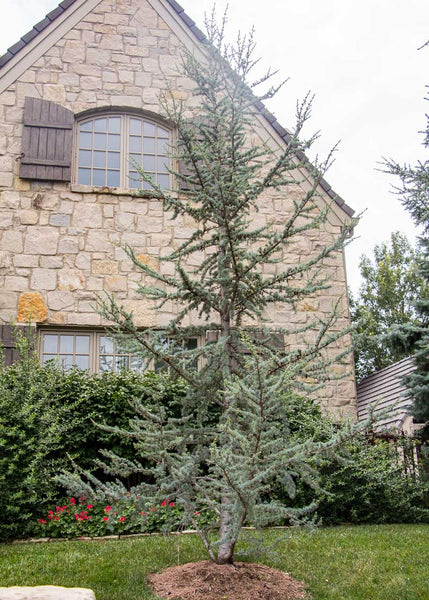
Advantages:
- Aesthetically Pleasing: The silvery-blue needles of Blue Atlas Cedar make it a standout in any landscape. Its unique color and grandeur add a touch of elegance to gardens.
- Size and Shape: With its ability to grow tall and wide, the Blue Atlas Cedar can provide significant shade and act as a natural windbreak.
- Resilience: The tree is quite hardy, able to withstand tough weather conditions. It’s also resistant to most pests and diseases.
- Drought Tolerance: Once established, the Blue Atlas Cedar shows excellent drought tolerance, making it a good choice for areas with less rainfall.
- Variety: There are various cultivars available, including weeping, columnar, and dwarf forms, offering options for different garden sizes and styles.
Disadvantages:
- Size: While its size can be an advantage, it can also be a disadvantage if you have a small yard. The tree requires ample space to grow and spread.
- Soil Requirements: The Blue Atlas Cedar prefers well-drained soil and may not thrive in soils that are consistently wet or poorly drained.
- Maintenance: Pruning can be necessary to maintain the shape and health of the tree. This might require professional help due to the tree’s size.
- Potential for Disease: While generally resistant to pests and diseases, the Blue Atlas Cedar can sometimes be susceptible to fungal diseases, especially in humid climates or if not properly cared for.
Top 7 Blue Atlas Cedar Alternatives
| Alternative | Description |
|---|---|
| Emerald Arborvitae (Thuja occidentalis ‘Emerald’) | Known for its vibrant green color and narrow, pyramidal shape. This tree is adaptable to various soil types and does well in full sun to dappled shade. |
| Golden Himalayan Cedar (Cedrus deodara ‘Aurea’) | A striking tree with golden-yellow needles. It’s considered a medium to large tree but is smaller than the Atlas Cedar. |
| ‘Golden Horizon’ Deodar Cedar (Cedrus deodara ‘Golden Horizon’) | This variety has a spreading habit with golden foliage. It’s a good alternative if you’re looking for something lower and wider. |
| ‘Feelin’ Blue’ Deodar Cedar (Cedrus deodara ‘Feelin Blue’) | This is a dwarf cedar variety with a spreading habit and blue-green needles. It can provide the same aesthetic appeal as the Blue Atlas Cedar but on a much smaller scale. |
| Kenwith Cyprian Cedar (Cedrus brevifolia ‘Kenwith’) | This is a rare and unusual cedar variety with a compact, weeping habit. It’s a great choice if you’re looking for something unique and space-saving. |
| Chinafir (Cunninghamia lanceolata) | Although not a cedar, Chinafir offers interesting foliage and a pyramidal shape. It’s a good alternative if you want to try something different. |
| Weeping Blue Spruce (Picea pungens ‘The Blues’) | While not a cedar, this spruce variety offers a similar weeping form and blue color. It’s a good alternative if you’re looking for a smaller, more manageable tree. |
Where to Buy Blue Atlas Cedar?
- Fast Growing Trees
- Pike Nursery
- The Tree Center
- Garden Goods Direct
- Sooner Plant Farm
- Amazon
- Home Depot
- Buck Jones
- The Tree Place
The History and Origin of Blue Atlas Cedar
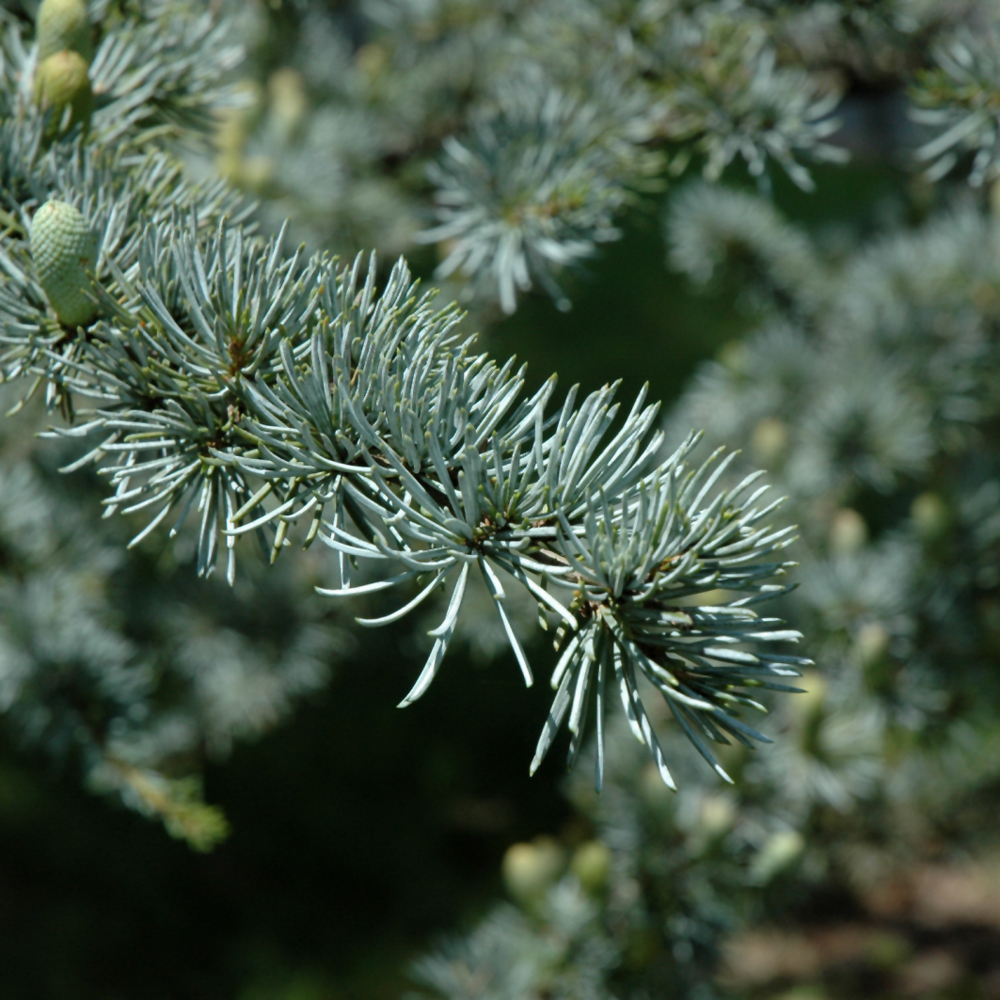
The Blue Atlas Cedar, scientifically known as Cedrus atlantica ‘Glauca’, is an evergreen conifer that stands out for its distinct silver-blue foliage and weeping branches. It’s a species of cedar tree that is well-known for its unique, eye-catching appearance, featuring drooping, twisted branches, 1-inch blue needles, and small cones. This tree has a bold, pyramidal form with sparkling silvery blue foliage that drapes from expansive branches.
Origins and History
The Blue Atlas Cedar originated in the Atlas Mountains of North Africa, particularly in the Rif and Middle Atlas regions of Morocco. This tree gets its common name from these mountains. It is a species of the cedar tree under the pine family, Pinaceae.
Over time, this tree has been widely cultivated in nurseries, especially those on the West Coast of the United States. Despite its exotic origins, the Blue Atlas Cedar has adapted well to various climates outside its native habitat, making it a popular choice for landscaping purposes.
This tree has several characteristics that distinguish it from other cedar species. One of the most notable is its waxy coating, which gives the tree its characteristic blue color. Additionally, compared to other cedar trees, the Blue Atlas Cedar has a more upright and pyramidal shape.
Cultural Significance
While there is no direct mention of the Blue Atlas Cedar being used for medicinal or commercial purposes, cedar trees in general have been utilized throughout history for various uses. Cedar wood is known for its durability and resistance to decay, making it a popular choice for construction. The aromatic oils found in cedar trees have also been used in traditional medicine and perfumery.
Conclusion
The Blue Atlas Cedar, with its striking appearance and resilience, has made a significant impact both ecologically and economically. Its adaptability to various climates has made it a popular choice for landscaping, contributing to the horticulture industry.
Furthermore, its origin in the unique ecosystem of the Atlas Mountains adds to its appeal as an exotic and eye-catching tree. As we continue to cultivate and appreciate this species, it’s important to consider its ecological significance and ensure its conservation in its native habitat.
Frequently Asked Questions
1. How big do Blue Atlas Cedars get?
Blue Atlas Cedars typically grow to a height of 60 feet, but they can reach up to 100 feet. The lower branches often spread to about half the height of the tree, contributing to its pyramidal form.
In gardens, Blue Atlas Cedars can grow quickly in height initially, reaching up to 20 feet, before starting to spread out. They can have a significant spread of up to 30 to 40 feet.
Note: these sizes are estimates and actual growth can depend on factors like soil quality, climate, and care practices.
2. Is Blue Atlas Cedar a fast-growing tree?
Yes, the Blue Atlas Cedar is considered to have a medium to fast growth rate. It grows rapidly when young and then more slowly as it matures.
Once established, some varieties like the Columnar Blue Atlas Cedar can add 12 to 15 inches of new growth each year.
3. Where is Blue Atlas Cedar from?
The Blue Atlas Cedar is native to the Atlas Mountains in Morocco and Algeria in North Africa.
Also read:

